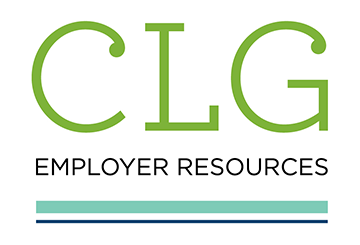Key Drivers of 2025 Health Care Cost Increases


Health care costs in the United States are likely to increase by 7%-8% in 2025, marking multiple years of compounding costs. As 2025 begins, many employers remain curious about what is driving these increases. Here are key factors that will impact rising health care costs:
GLP-1 Drugs
Although initially approved as Type 2 diabetes treatments, glucagon-like peptide-1 (GLP-1) drugs have been found to be effective for weight loss when paired with diet and exercise. GLP-1 drug use for weight loss is already widespread but is expected to increase in popularity. GLP-1 medications typically cost around $1,000 per month. These costly medications are intended to be taken in perpetuity to achieve their benefits. This means that GLP-1 users must use these high-cost treatments on an ongoing basis to experience health benefits.
Cell and Gene Therapies
Cell and gene therapies (CGT) are designed to treat conditions like blood and lung cancer, sickle cell anemia and spinal muscular atrophy. These therapies demonstrate significant medical advancement but come with a high price tag. By 2025, it’s estimated that nearly 100,000 patients in the United States will be eligible for CGT, which could cost $25 billion.
Chronic Health Conditions
Around 90% of U.S. health care spending is on people with chronic and mental health conditions. Chronic conditions include heart disease, stroke, cancer, diabetes, arthritis and obesity. Chronic disease is increasing in prevalence in the United States and is projected to continue to do so in 2025 and the upcoming decades.
Aging Populations
Due to increasing life expectancy and decreasing birth rates, the percentage of the U.S. population that is 65 or older continues to rise. Per-person personal health care spending for this population is around five times higher than spending per child and almost 2.5 times the spending per working-age person.
Employer Takeaway
Rising health care costs may be unavoidable, but informed employers can better understand these trends and act appropriately. Contact us today for more resources.
Federal Court Vacates DOL’s Final Overtime Rule Nationwide
The U.S. District Court for the Eastern District of Texas recently vacated the U.S. Department of Labor’s (DOL) final rule to amend current requirements that employees in white-collar occupations must satisfy to qualify for an overtime exemption under the Fair Labor Standards Act (FLSA). This ruling sets aside the final rule’s increases to the standard salary level nationwide, returning the salary threshold to the pre-July 2024 threshold.
Background
The FLSA white-collar exemptions apply to qualifying individuals in executive, administrative, professional (EAP), and some outside sales and computer-related occupations. Some highly compensated employees (HCEs) may also qualify for the FLSA white-collar overtime exemption.
2024 Final Rule
On April 23, 2024, the DOL announced a final rule to amend current requirements employees in white-collar occupations must satisfy to qualify for an FLSA overtime exemption. On July 1, 2024, The standard salary level for EAPs increased from $684 to
$844 per week ($35,568 to $43,888 per year) and from $107,432 to $132,964 per year for HCEs. On Jan. 1, 2025, the standard salary level was set to increase again. The rule also enabled the DOL to update salary levels automatically every three years starting on July 1, 2027.
Court Case and Impact
The District Court held that the DOL exceeded its statutory authority by increasing the standard salary level too high and allowing for automatic adjustments every three years. The court vacated the salary increase that went into effect in July and the increase set for January, as well as the future automatic salary level increases for employers nationwide. As a result of the decision, the standard salary level for EAPs is now $35,568 and $107,432 for HCEs. Consequently, employees who lost their exempt classification because of the July 1 salary level increase may potentially qualify again for an exemption.
The DOL may seek to appeal the District Court’s ruling. Employers should monitor the situation for updates.
© 2024 Zywave, Inc. All rights reserved.
